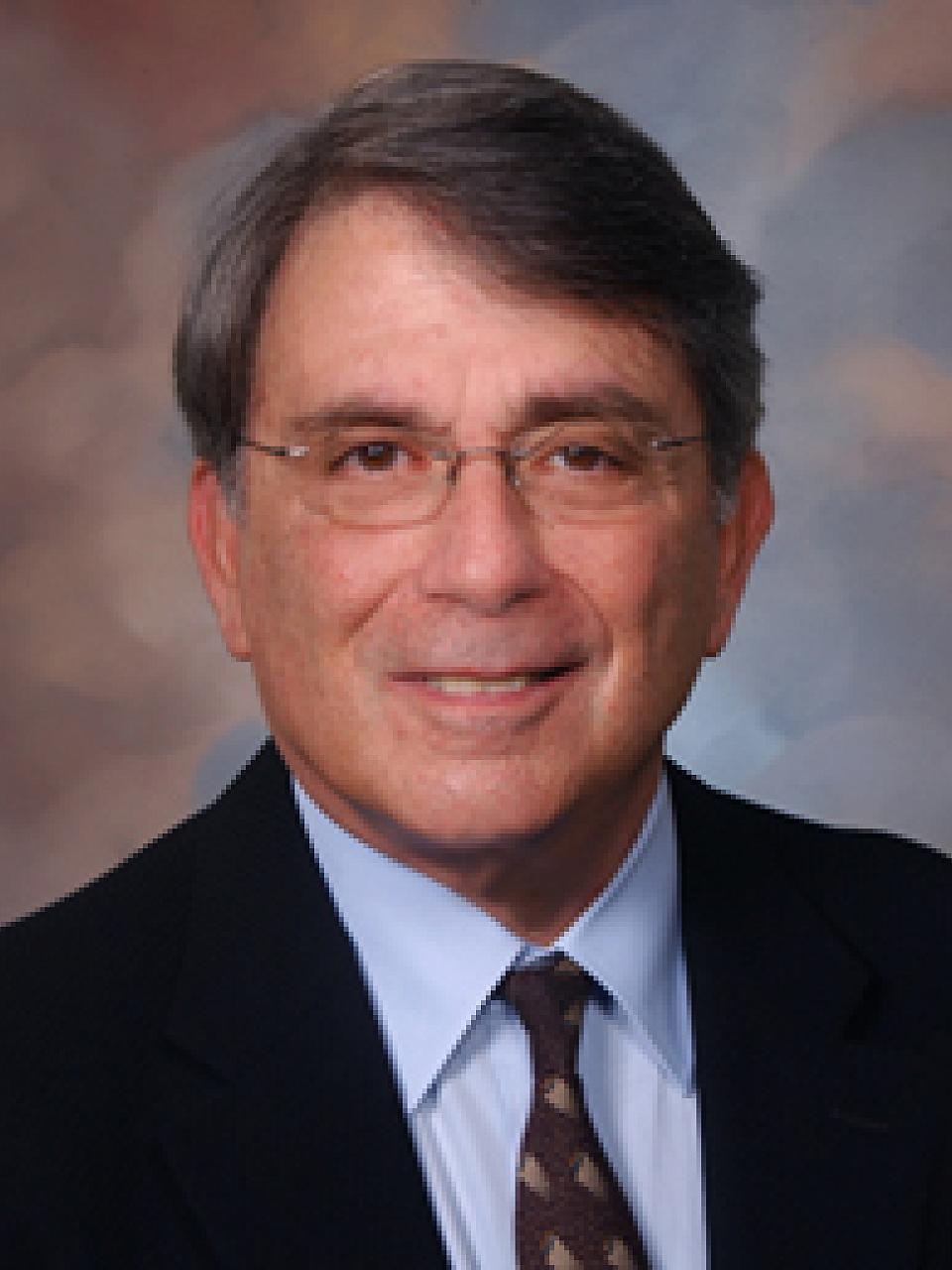
Gerald Rothstein, MD, Chief - 1986-2006
Gerald Rothstein, MD, Chief - 1986-2006

Gerald Rothstein was born in Jacksonville, Florida, the son of Irma P. and Abe H. Rothstein. He received the Doctor of Medicine degree from the University of Florida School of Medicine in 1962, when he then entered internal medicine residency training at the University of Utah School of Medicine. He completed his training serving as Chief Medical Resident under Chairman Maxwell M. Wintrobe.
He then joined the University of Utah Hematology Division as a Clinical Fellow. He began a sustained series of studies of the physiologic regulation of the bone marrow's cellular production that he continued as a faculty member. He served for seven years as Director of the Clinical Coagulation Laboratory and directed the Hematology Organ System course, as well as directing the Department of Internal Medicine house-staff program.
When a pediatrician serving a postdoctoral fellowship under his supervision began researching why some newborns become septic at birth, Rothstein was intrigued. Their joint research in the 1980s uncovered that an inability to regulate bone marrow and produce blood cells caused newborns to become septic. This made Rothstein wonder whether the same was true in older patients prone to infections, and further research showed that although older people have difficulty elevating their production of blood cells, it stems from a different cause. The common thread was an interest in disordered marrow regulation in the very young and old. His studies eventually demonstrated a paradoxically disordered marrow response to a sublethal bacterial infection in rodents. It is now well accepted that such dysregulation is a likely mechanism for the frequently seen anemia in older subjects.
That work set a new course for Rothstein's career. In 1986, the chair of the Department of Internal Medicine asked him if he'd like to start a new division devoted to geriatric care. He accepted the challenge, and began building a division. The Departments of Medicine and Pediatrics joined forces to form a Division of Human Development and Aging. Dr. Rothstein served as its Chief until 2005.
In 1991, Dr. Rothstein organized a group of academic faculty to submit a proposal for a Geriatric Research, Education and Clinical Center (GRECC) at the VA Salt Lake City Medical Center. The proposal was approved and the GRECC program has been continuously funded since that time. A Geriatric Fellowship training program was also initiated in 1991.
Dr. Rothstein established and led the Division of Geriatrics at the University of Utah School of Medicine for 19 years. Under his direction, the geriatrics division grew to 12 faculty positions and geriatric training is now part of the U medical school curriculum. Teaching internists about geriatric care has been a priority for Rothstein since he started the division. More than 300 internists and other health providers have been trained by the University's geriatric program and Rothstein says their geriatric national board scores are among the highest in the country. Thanks to his creativity and leadership, Geriatric medicine has become a part of the academic and clinical fabric of the University of Utah, and is an integral part of the Department of Medicine.